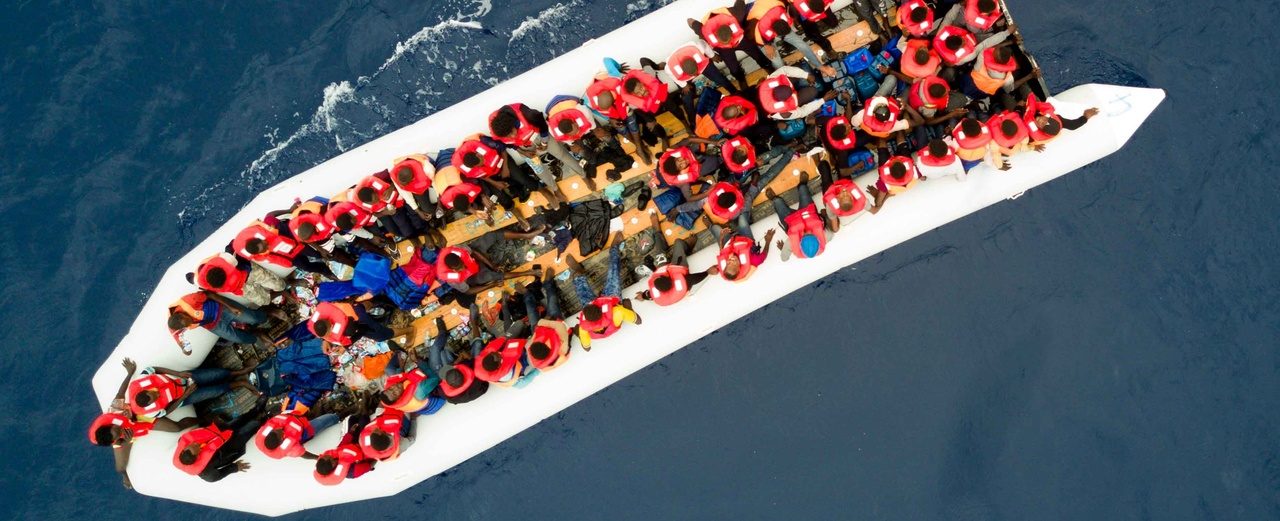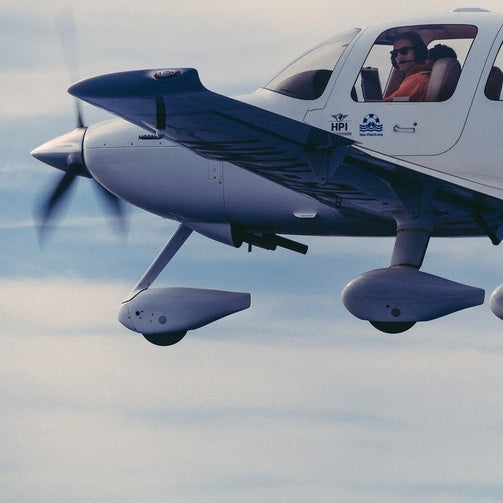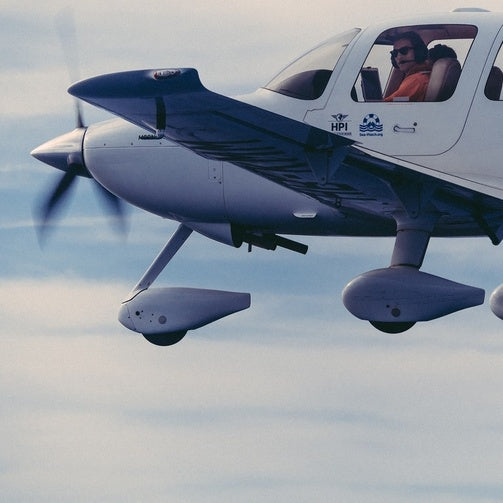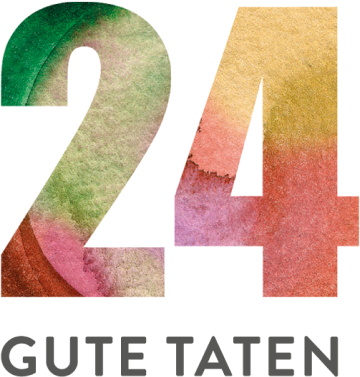Day 6
One minute of flight to search for people in distress in the Mediterranean
 Mission Moonbird: Saving people by plane Mission Moonbird: Saving people by plane
Mission Moonbird: Saving people by plane Mission Moonbird: Saving people by plane


Reconnaissance flights in the central Mediterranean

need
Search for and rescue of refugees in distress at sea in the central Mediterranean.
activity
The Moonbird reconnaissance aircraft flies over the search and rescue area, actively searching for people in distress at sea and reporting maritime emergencies.
Measurable performance
Number of minutes of reconnaissance flights by the Moonbird mission to search for people in distress at sea.
Result
People in distress at sea are discovered earlier. The chance of rescuing people fleeing across the central Mediterranean increases.
Systemically relevant impact
People are rescued from drowning and cared for.
background


The good deed
AboutCentral Mediterranean
/
Capital city
/
Population
/
Gross domestic product
per capita per year
/
Human Development Index
(Human Development Index)



